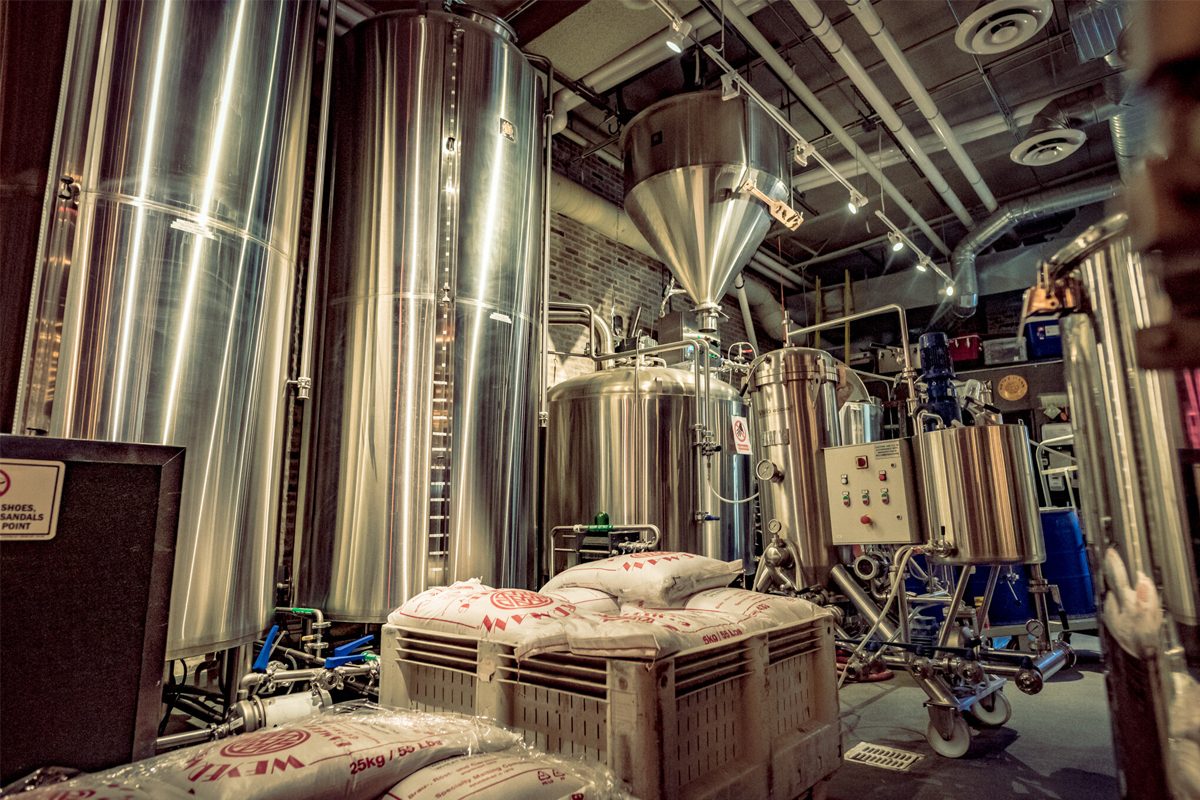
What Are The Reasons Why Craft Breweries Fail?
The craft beer industry has seen tremendous growth in recent years, with thousands of breweries emerging worldwide. While many craft breweries succeed in delivering unique, high-quality beers that attract dedicated customers, a significant number struggle to survive long-term. Despite the passion and creativity that drive these ventures, craft breweries face numerous challenges that can lead to failure if not addressed. From financial mismanagement and ineffective marketing to market saturation and regulatory hurdles, the reasons for failure are often multifaceted. In this article, we will explore the key factors that contribute to the downfall of craft breweries and offer insights into how these challenges can be overcome. Understanding these risks is essential for brewers looking to turn their passion into a sustainable business.
Complete Guide
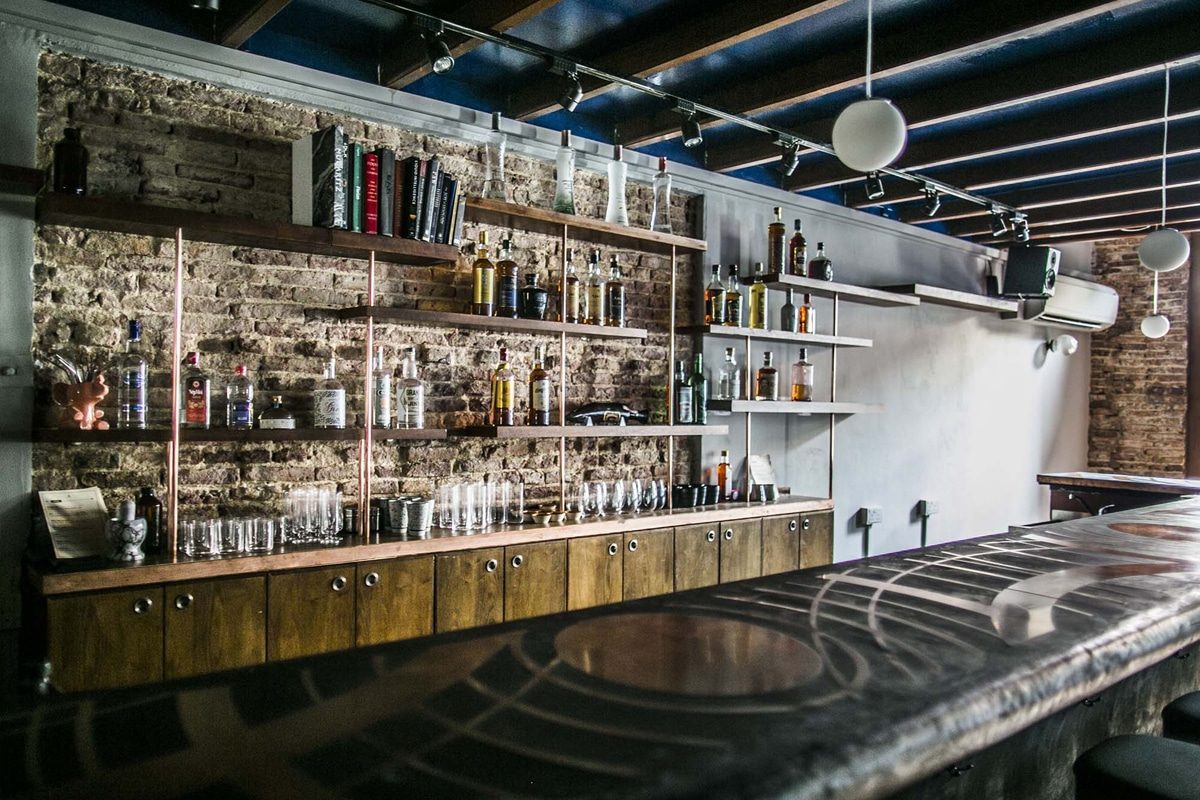
Lack of Business Acumen and Poor Planning
One of the most common reasons craft breweries fail is a lack of business acumen and poor planning. Many craft brewers are driven by a passion for making great beer, but running a successful brewery requires much more than brewing skills. A brewery is a business, and without a solid foundation in business principles, brewers often face challenges that could have been avoided with proper planning.
Poor financial planning is a significant issue. Many breweries underestimate the initial capital required, overlooking essential costs like equipment, real estate, licenses, and operational expenses. Inaccurate financial forecasting can lead to cash flow problems, making it difficult to cover costs during slow seasons or in the initial months when revenue is low.
Another critical aspect of business acumen is market research. Many breweries fail to fully understand their target market, competition, and demand trends. Without a clear understanding of these factors, they may struggle to position their products effectively, resulting in low sales and unsustainable growth. Proper planning, detailed business strategies, and an understanding of the market can help achieve long-term success.
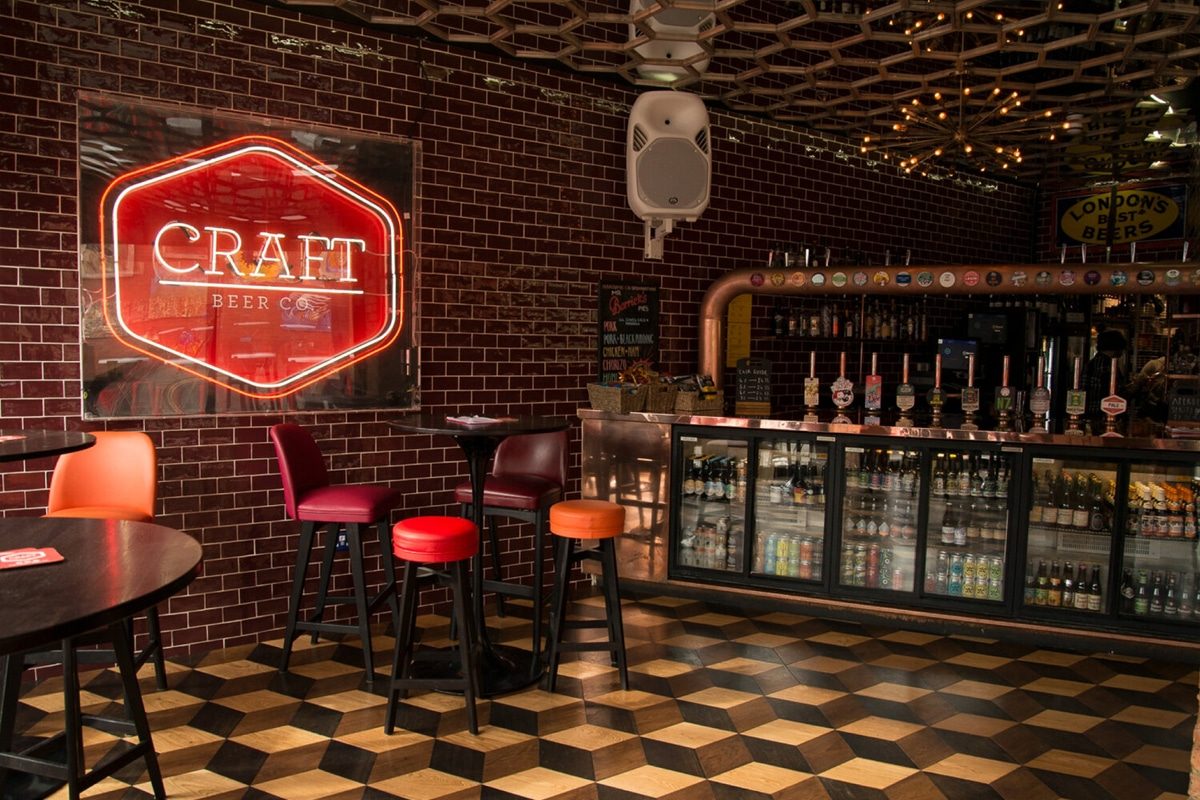
Market Saturation and Intense Competition
As the craft beer industry continues to grow, one of the significant challenges many breweries face is market saturation and intense competition. In many regions, the number of craft breweries has surged, leading to an oversupply of beer relative to demand. This saturation makes it increasingly difficult for new breweries to stand out and capture market share, particularly when established brands already have loyal customer bases.
Intense competition means that breweries must go beyond simply making good beer, they need to differentiate themselves through branding, unique product offerings, and customer engagement. Without a clear market position or unique selling proposition, craft breweries may struggle to attract customers in a crowded landscape. Additionally, securing shelf space in retail stores or taps in bars becomes more difficult as distributors and retailers have limited capacity to feature new products.
To thrive in a saturated market, craft breweries must focus on creating a strong brand identity, delivering high-quality products, and engaging deeply with their community. Without these elements, the chances of failure increase significantly.
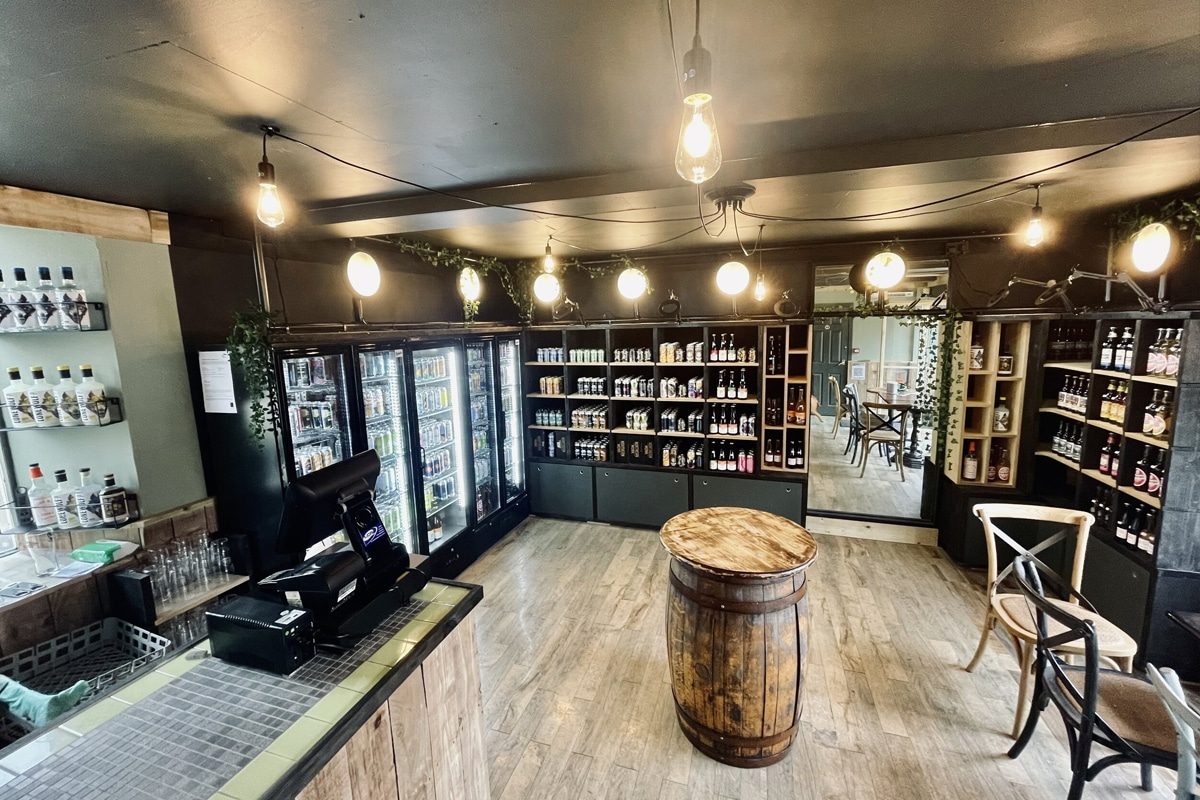
Inconsistent Product Quality
Inconsistent product quality is one of the key reasons many craft breweries struggle to succeed. Customers expect a consistent flavor, aroma, and overall experience with each batch of beer they purchase. However, maintaining this consistency can be challenging, especially for small breweries that may lack the advanced equipment or quality control measures used by larger operations. Variations in brewing techniques, ingredient quality, and fermentation processes can lead to differences in taste, texture, and overall product quality from one batch to another.
This inconsistency can damage a brewery’s reputation, as customers are likely to lose trust if their favorite beer tastes different each time they buy it. Word-of-mouth marketing, which is crucial for craft breweries, can also turn negative if consumers encounter disappointing experiences. To avoid this, breweries must prioritize rigorous quality control, invest in reliable brewing equipment, and continuously train staff to ensure that each batch meets high standards. Without a focus on consistent product quality, even the most innovative breweries risk losing loyal customers and ultimately failing in the competitive craft beer market.
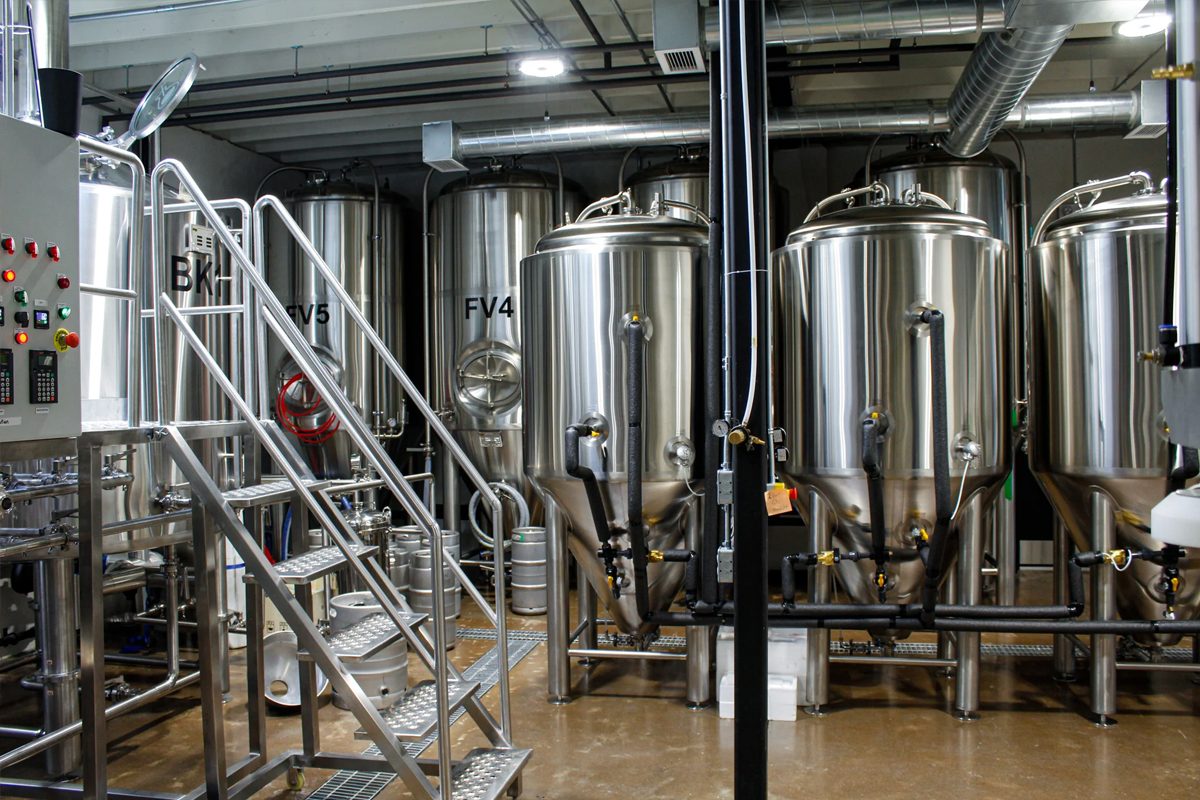
Poor Financial Management
Poor financial management is a major factor contributing to the failure of many craft breweries. While the passion for brewing often drives these businesses, managing finances effectively is just as crucial for long-term success. Many craft brewery owners underestimate the complexities of managing cash flow, operating costs, and profit margins. Without a clear understanding of financial fundamentals, breweries can quickly face cash shortages, unmanageable debt, or unsustainable operations.
One common issue is the failure to accurately project expenses. Breweries require significant initial capital investments in equipment, real estate, raw materials, and staffing. Moreover, ongoing costs, such as utilities, maintenance, licensing fees, and marketing, must be carefully managed. A lack of attention to these recurring expenses often results in cash flow problems, particularly in the early stages of the business when revenue may be unpredictable.
Another challenge is pricing strategy. Setting prices too low may attract customers but could also erode profit margins while overpricing may deter potential buyers. Additionally, breweries must balance debt levels. Taking on too much debt without a clear repayment plan or adequate sales can cripple the business.
To succeed, craft breweries must prioritize financial planning, set realistic budgets, and continually monitor their financial health. Hiring financial experts or investing in accounting software can help ensure that operations remain profitable and sustainable over the long term.
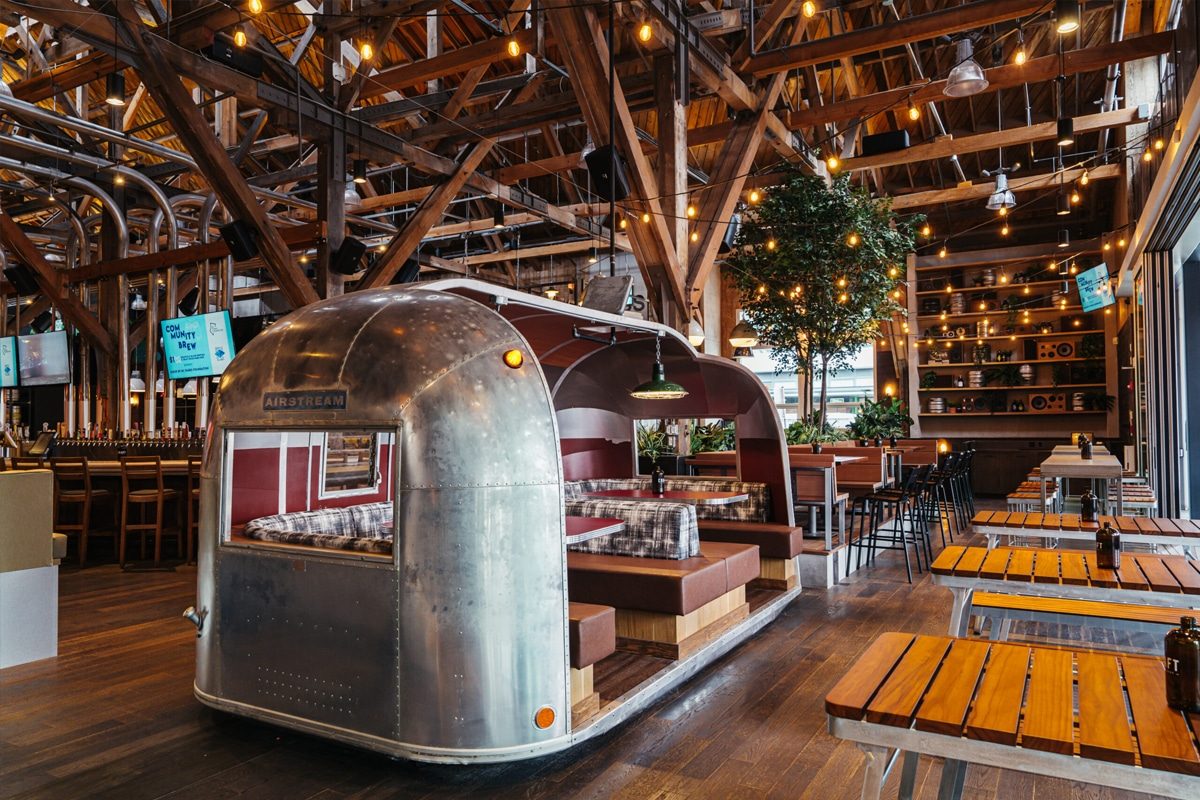
Ineffective Marketing and Branding
Ineffective marketing and branding are significant contributors to the failure of many craft breweries. While brewing high-quality beer is essential, attracting and retaining customers requires strong marketing strategies and a memorable brand identity. Many craft breweries struggle in this area, either due to a lack of expertise, insufficient budget, or misunderstanding of their target market.
Branding is what sets a brewery apart in a crowded market. Without a unique selling proposition (USP) or distinctive branding, breweries blend into the background, making it difficult for consumers to differentiate their products from competitors. A well-crafted brand tells the story of the brewery, resonates with the target audience, and creates emotional connections. Poorly executed branding can leave potential customers confused or uninterested.
Marketing is equally important. Many craft breweries fail to leverage the power of social media, local events, or collaborations, which are crucial for building awareness. Without consistent and engaging marketing efforts, breweries miss out on opportunities to connect with new customers and foster loyalty among existing ones. Furthermore, neglecting to develop relationships with distributors or retail outlets can limit a brewery’s market reach, ultimately stunting growth.
To avoid these pitfalls, breweries should invest in professional branding and marketing strategies, ensure consistency across all channels, and actively engage with their customer base. Strong marketing and a compelling brand can transform a local brewery into a beloved community fixture and a sustainable business.
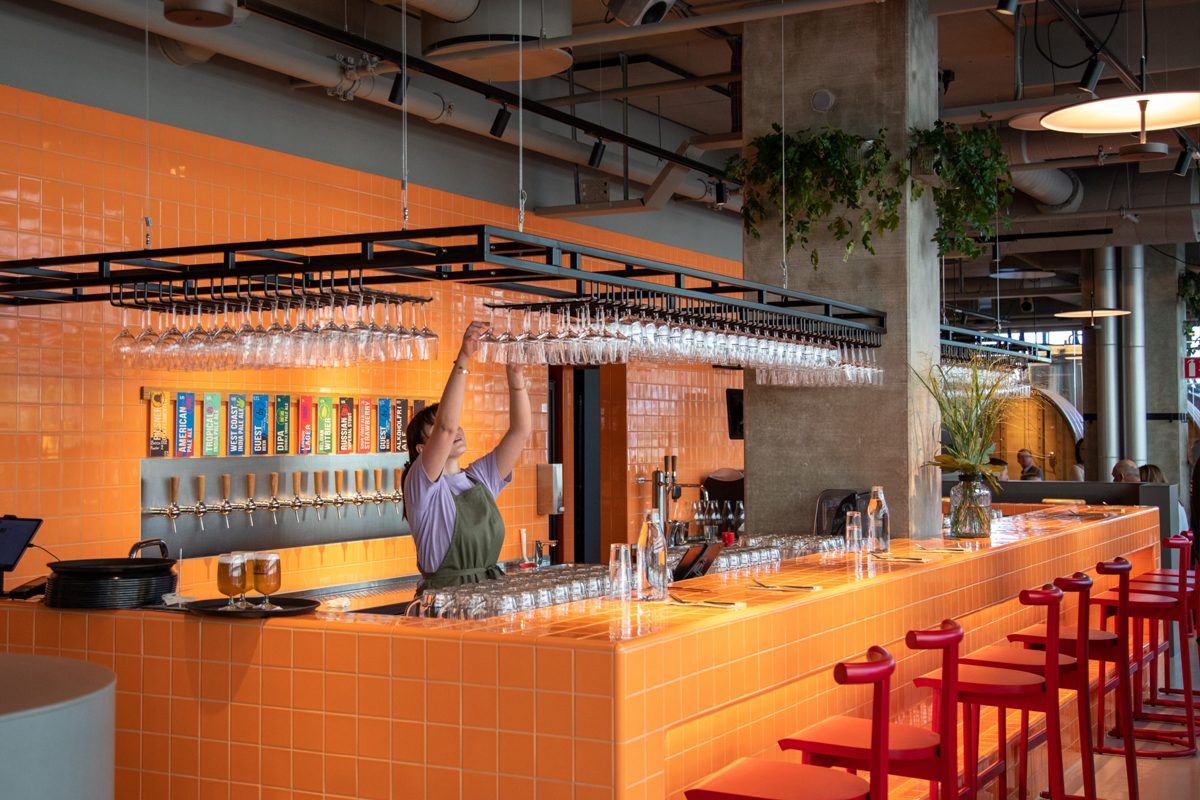
Regulatory Compliance and Legal Issues
Regulatory compliance and legal challenges are significant hurdles that many craft breweries face, often leading to their failure. The brewing industry is heavily regulated, with federal, state, and local laws governing everything from production to distribution. Navigating this complex legal landscape requires a deep understanding of the specific regulations that apply to breweries, and failure to comply can result in costly fines, delays, or even the forced shutdown of operations.
Obtaining the necessary licenses and permits is one of the first regulatory challenges for new breweries. This process can be lengthy and expensive, and any missteps can lead to delays in launching or selling beer. Additionally, breweries must comply with strict alcohol tax laws, health and safety regulations, and environmental standards. Failing to adhere to these can result in penalties that strain financial resources and damage the brewery’s reputation.
Moreover, the distribution of beer is subject to varying state laws, particularly in terms of who can sell and distribute alcohol. Craft breweries often find themselves entangled in complicated legal agreements with distributors or face restrictions on where and how they can sell their products. Navigating these legal challenges is essential for breweries that wish to expand their reach and grow sustainably.
To avoid regulatory pitfalls, breweries should seek legal counsel familiar with the brewing industry, maintain accurate records, and stay informed about any changes in the law. Ensuring regulatory compliance from the start helps prevent legal troubles that could otherwise derail a brewery’s success.
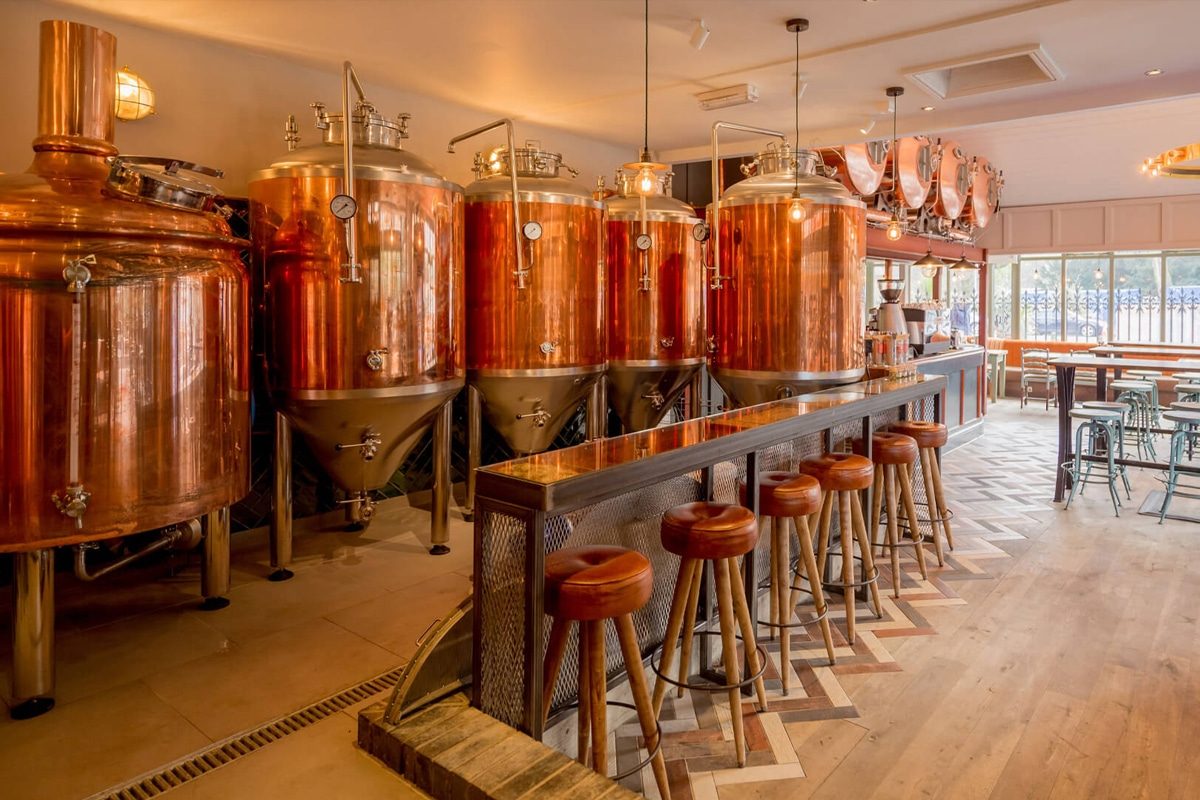
Location and Distribution Problems
Location and distribution problems are critical factors in the success or failure of craft breweries. Choosing the right location for a brewery can greatly impact foot traffic, customer engagement, and overall profitability. Many craft breweries fail because they are situated in areas with low demand for craft beer, poor visibility, or high operating costs. A brewery located too far from its target market may struggle to attract a steady stream of customers, while locations in expensive urban areas can burden the business with unsustainable rent and overhead costs.
Distribution is another major challenge. Craft breweries often face difficulties securing distribution channels to get their products into retail stores, restaurants, and bars. Distribution laws vary by state, and many breweries must navigate complex agreements with distributors that may limit their ability to grow. A lack of effective distribution can result in low market penetration, limiting the brewery’s reach and preventing it from achieving scale. Additionally, poorly managed distribution logistics can lead to inconsistent supply and delayed deliveries, frustrating both retailers and customers.
To overcome these challenges, breweries need to carefully research and select their location based on their target demographic, local competition, and operational costs. Establishing strong relationships with distributors, exploring self-distribution options, or utilizing direct-to-consumer models like taprooms and online sales can also help improve distribution reach and sustainability. Without strategic planning for location and distribution, even breweries with excellent products may struggle to survive.
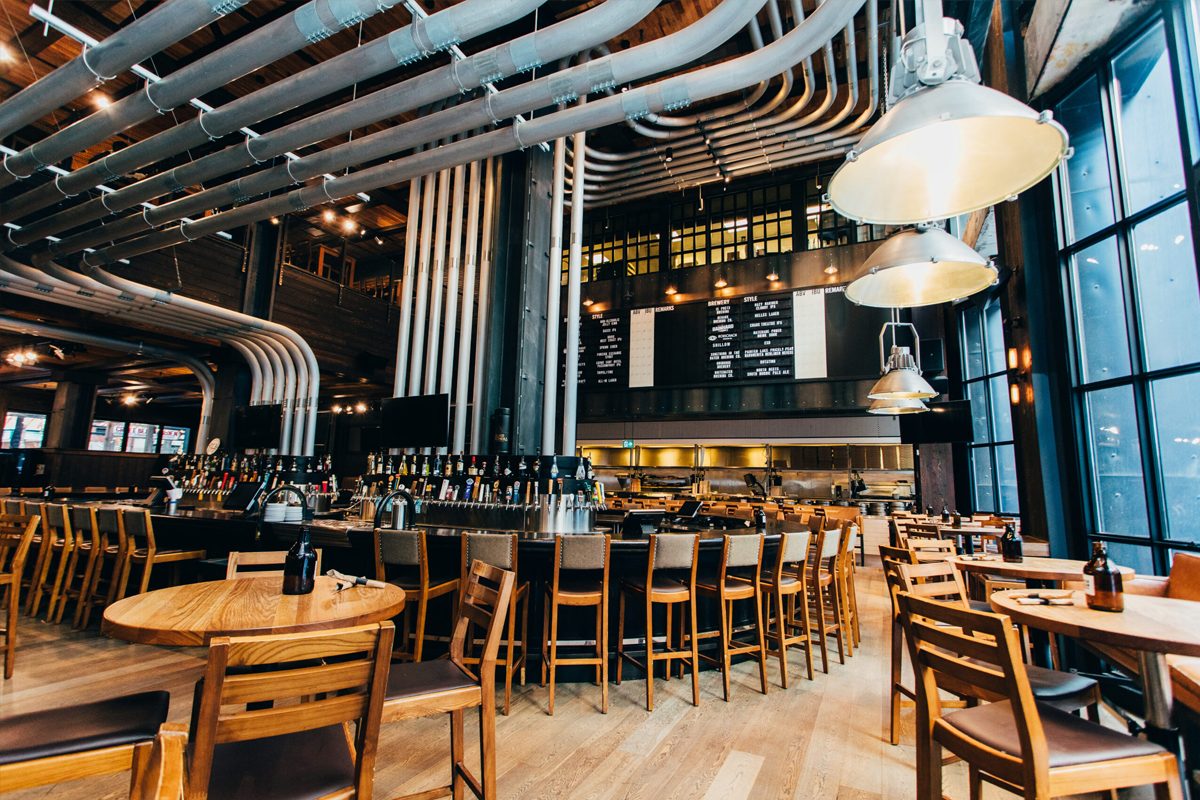
Overexpansion and Growing Too Quickly
Overexpansion and growing too quickly are common pitfalls that lead to the failure of many craft breweries. While rapid growth may seem like a sign of success, expanding operations without adequate planning or resources can place immense strain on the brewery’s financial and operational capabilities. Craft breweries that overextend themselves by opening multiple locations, increasing production capacity too soon, or expanding into new markets without a clear strategy often find themselves facing overwhelming costs and logistical challenges.
One of the key dangers of overexpansion is the loss of product quality and consistency. As production scales up, maintaining the same level of craftsmanship that earned the brewery its initial success becomes more difficult. Quality control issues, production delays, and inefficiencies can arise, damaging the brand’s reputation and leading to customer dissatisfaction.
Another risk is financial overreach. Expanding a brewery involves significant investments in new equipment, real estate, additional staff, and distribution. If growth outpaces demand or the brewery overestimates its market potential, the business may struggle to recoup these costs, leading to cash flow problems and mounting debt.
To avoid the risks of overexpansion, craft breweries should focus on steady, sustainable growth, backed by solid market research and financial planning. Expanding at a measured pace, ensuring quality control, and scaling operations in response to actual demand can help breweries grow without compromising their financial stability or product integrity.
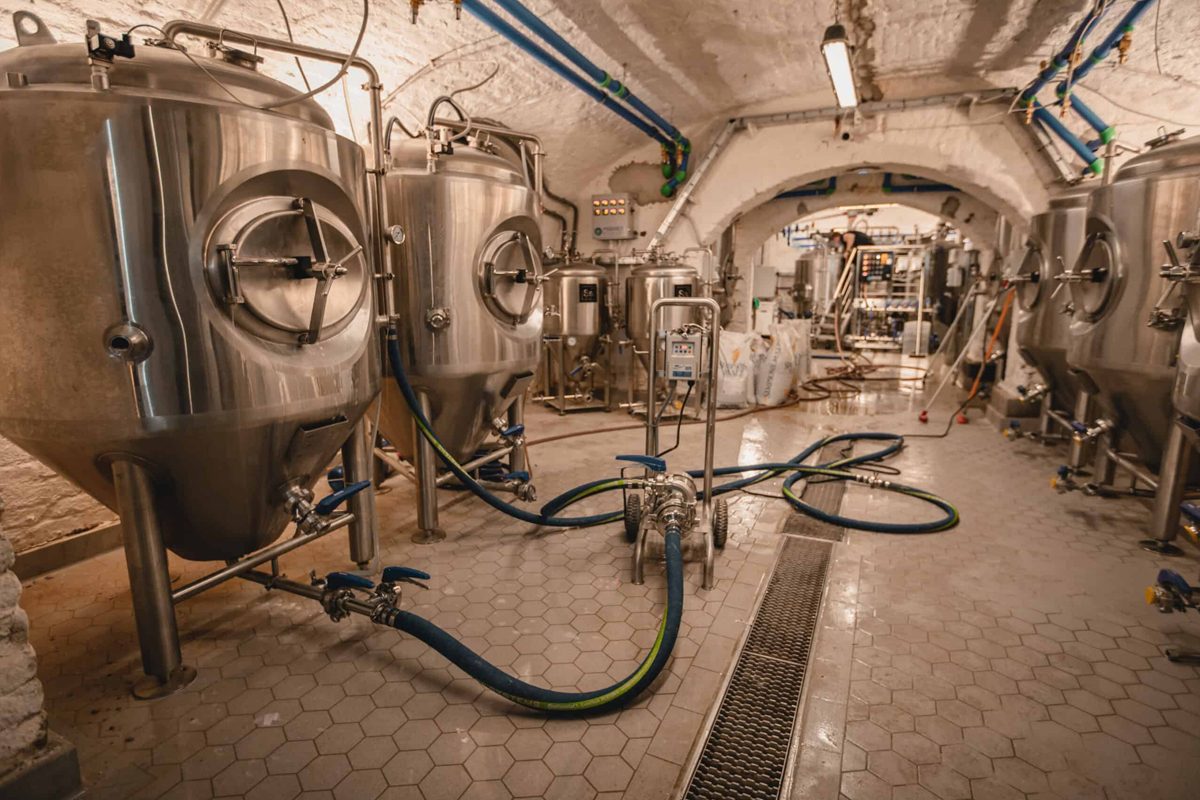
Economic Downturns and External Factors
Economic downturns and external factors are significant contributors to the failure of many craft breweries. Economic recessions, inflation, and shifts in consumer spending can drastically impact a brewery’s sales and profitability. During tough economic times, customers may reduce discretionary spending, which often includes cutting back on premium products like craft beer. This drop in demand can severely affect a brewery’s cash flow, particularly if the business relies heavily on taproom sales or premium-priced products.
External factors, such as supply chain disruptions, can also pose serious challenges. Breweries rely on a steady supply of raw materials like hops, malt, and yeast, as well as packaging materials like bottles and cans. When these supplies become scarce or expensive due to global events, natural disasters, or trade restrictions, breweries may struggle to maintain production or be forced to raise prices, further alienating cost-conscious consumers.
Additionally, changes in regulations, taxation, or licensing requirements can create unforeseen obstacles. For example, increases in alcohol taxes or new distribution laws can place additional financial burdens on breweries, while regulatory changes may require costly adjustments to operations.
To mitigate the risks of economic downturns and external factors, craft breweries should build financial resilience by maintaining a cash reserve, diversifying revenue streams, and implementing flexible supply chain strategies. By preparing for the unexpected, breweries can better weather these challenges and improve their chances of long-term survival.
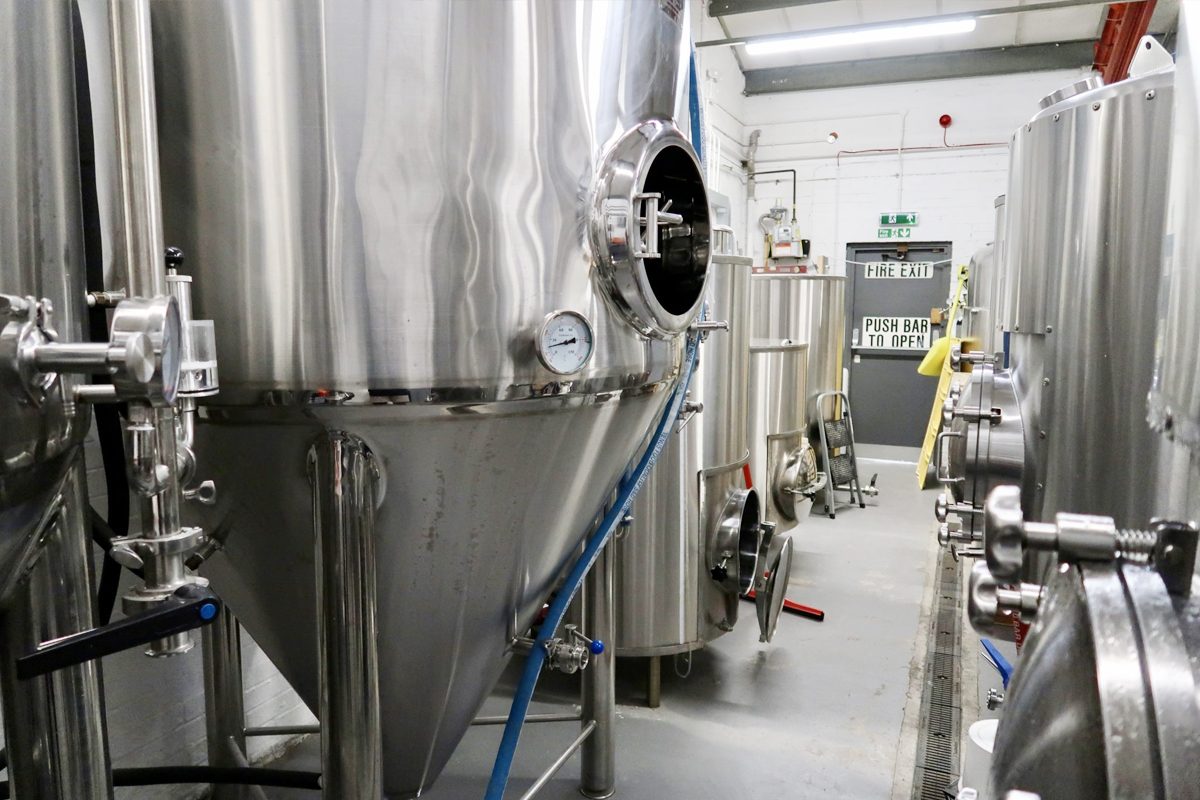
Employee Management and Retention Issues
Employee management and retention issues are often overlooked but are critical reasons why many craft breweries fail. Running a successful brewery requires more than just great beer, it requires a team of skilled and motivated employees, from brewers to front-of-house staff, who are aligned with the brewery’s vision and culture. However, many breweries struggle with high turnover rates, low employee engagement, and inadequate management practices, all of which can disrupt operations and affect the overall success of the business.
Brewing can be physically demanding, and without proper support and training, employees may experience burnout or dissatisfaction. Poor management, unclear expectations, or lack of career growth opportunities can lead to frustration and high staff turnover, forcing breweries to constantly hire and train new staff, which is both time-consuming and costly. Inconsistent staffing can negatively impact product quality, customer service, and efficiency.
Additionally, craft breweries often have limited budgets and may struggle to offer competitive wages or benefits, making it difficult to retain talented workers. Without addressing these challenges, breweries risk creating a cycle of low morale and reduced productivity.
To combat employee management and retention issues, craft breweries should invest in proper training programs, foster a positive work culture, and offer fair compensation and growth opportunities. Retaining a stable and satisfied workforce is key to maintaining smooth operations, consistent product quality, and a strong connection with customers.
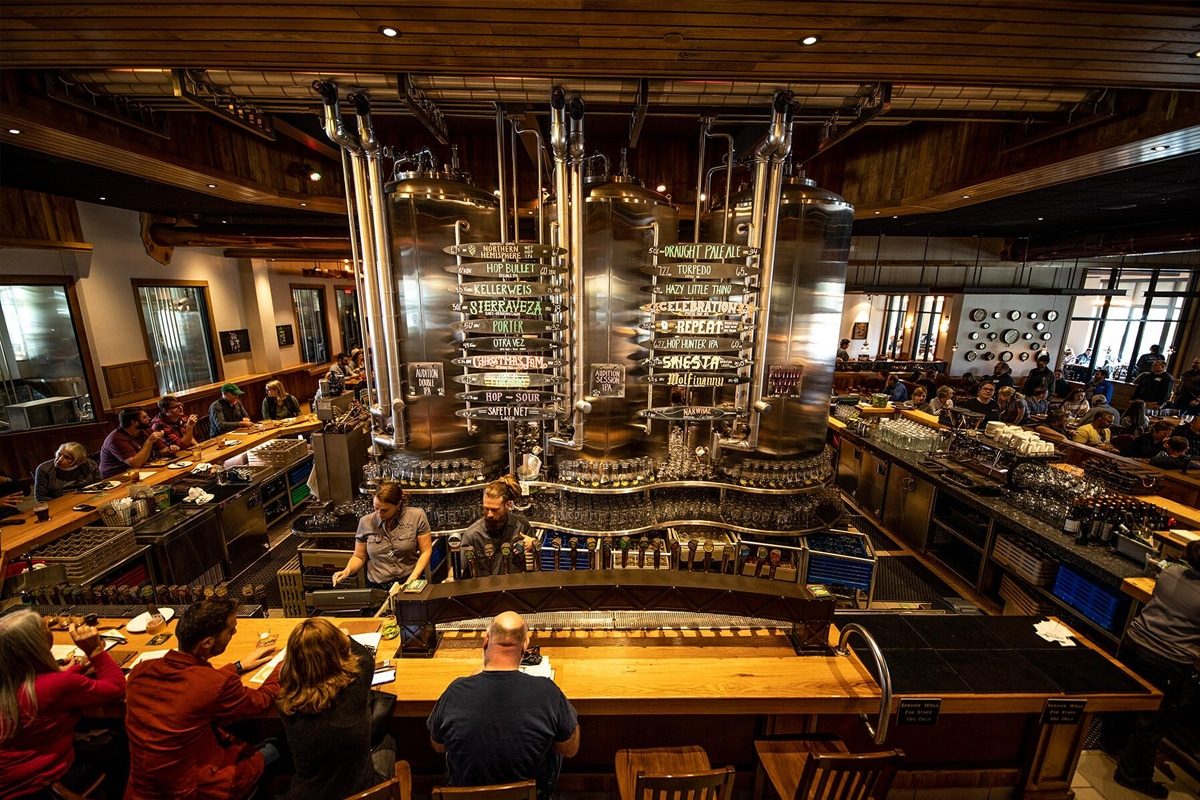
Inadequate Customer Experience
Inadequate customer experience is a key reason why many craft breweries fail. Craft beer enthusiasts not only seek out high-quality beer but also expect an engaging and enjoyable experience when visiting breweries or brewpubs. Breweries that overlook the importance of creating a positive customer environment, whether through poor service, an uninviting atmosphere, or inconsistent experiences, often struggle to retain customers and build a loyal following.
A lack of attention to customer service can have immediate and lasting effects. Staff who are not knowledgeable about the beers on offer or who provide subpar service can leave customers feeling undervalued. An uninviting taproom design, inadequate seating, or a lack of activities or events can also diminish the overall experience. Additionally, inconsistent beer quality or unavailability of popular brews can frustrate customers and drive them to seek alternatives elsewhere.
To thrive, craft breweries must focus on delivering exceptional customer experiences, both in person and online. This includes providing attentive, knowledgeable service, maintaining a welcoming atmosphere, and consistently offering high-quality beer. Breweries should also engage with their local communities by hosting events, tastings, and tours to create memorable experiences that foster customer loyalty. By prioritizing the customer experience, breweries can strengthen their brand and ensure repeat business in a competitive market.

Failure to Innovate
The craft beer market is continuously evolving, and breweries that fail to innovate often struggle to remain relevant and competitive. While many craft breweries start with a strong core lineup of beers, the lack of innovation in product offerings, brewing techniques, or customer engagement can lead to stagnation. In a market where consumers are always seeking new and exciting flavors, experiences, and styles, breweries must continuously adapt to meet changing preferences.
Innovation can take many forms, such as experimenting with new beer styles, ingredients, or brewing methods, offering limited-edition or seasonal releases, or collaborating with other local businesses to create unique offerings. Breweries that rely solely on their initial success without refreshing their product lineup risk losing customer interest. Additionally, failing to explore trends such as low-alcohol or non-alcoholic beer, barrel-aged brews, or sour beers can leave a brewery behind in a dynamic industry.
Innovation also extends beyond the product itself. Breweries that embrace new technologies in brewing or engage customers through creative marketing, taproom experiences, or events are more likely to build a loyal customer base. Without a commitment to innovation, breweries can quickly become outdated in the eyes of consumers, leading to declining sales and eventual failure.
For long-term success, craft breweries must embrace innovation in all aspects of their business, continuously seeking new ways to surprise and delight their customers.
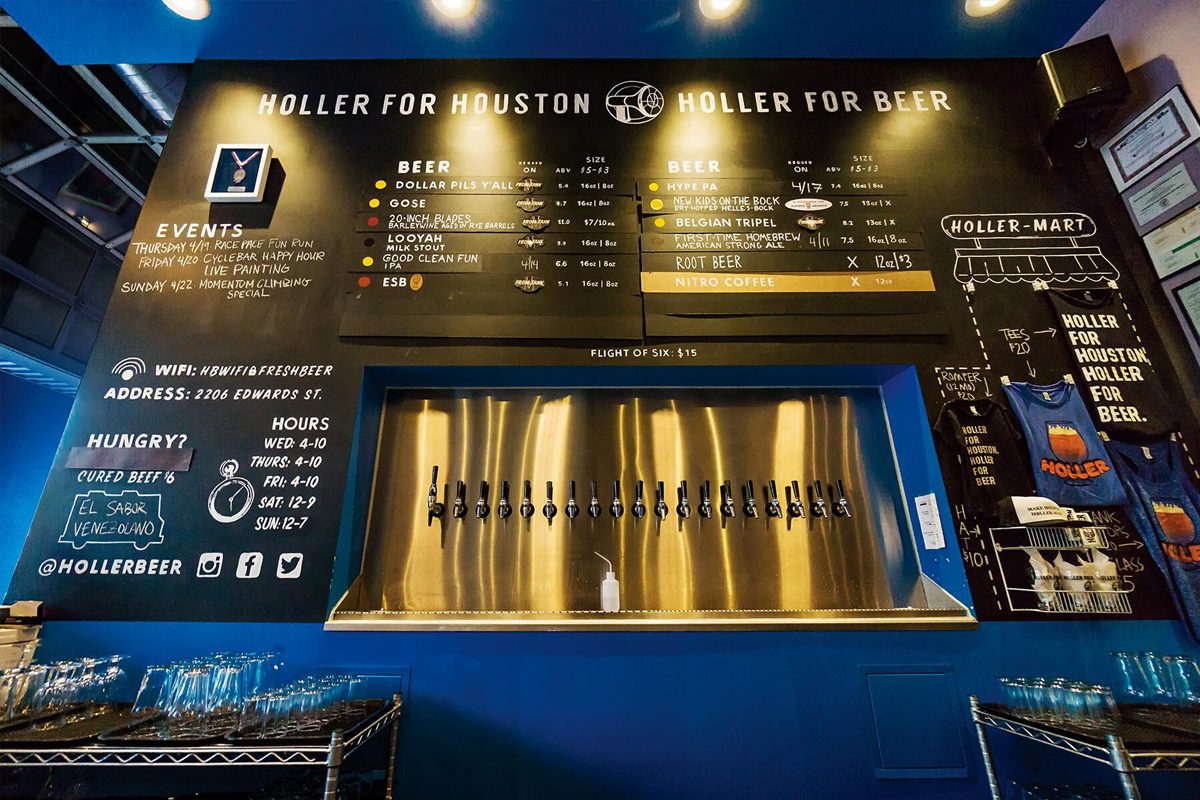
Supply Chain and Ingredient Issues
Supply chain and ingredient issues are critical challenges that can lead to the failure of craft breweries. The brewing process relies heavily on a steady and consistent supply of high-quality ingredients like hops, malt, yeast, and water. Any disruption in the availability, quality, or price of these essential materials can have a direct impact on production and, ultimately, the financial health of the brewery.
Global or regional supply chain disruptions, such as shortages of specific hops or malt varieties, can force breweries to alter their recipes, which may affect the flavor and quality of their beers. Inconsistent ingredient quality can also lead to batch variations, disappointing customers who expect consistency from their favorite brews. Furthermore, price volatility in raw materials can strain a brewery’s budget, especially for smaller operations with limited financial reserves.
In addition to raw materials, packaging supplies such as bottles, cans, labels, and kegs can face shortages, further complicating distribution and sales. Shipping delays or transportation issues can lead to stock shortages, missed delivery deadlines, or increased costs, affecting the brewery’s ability to meet customer demand.
To mitigate these risks, breweries must develop strong relationships with multiple suppliers to ensure a reliable flow of ingredients and materials. Diversifying supply sources, closely monitoring market trends, and maintaining an inventory buffer can help safeguard against unexpected disruptions. By proactively managing supply chain and ingredient issues, breweries can avoid production delays and maintain the quality and consistency that customers expect.
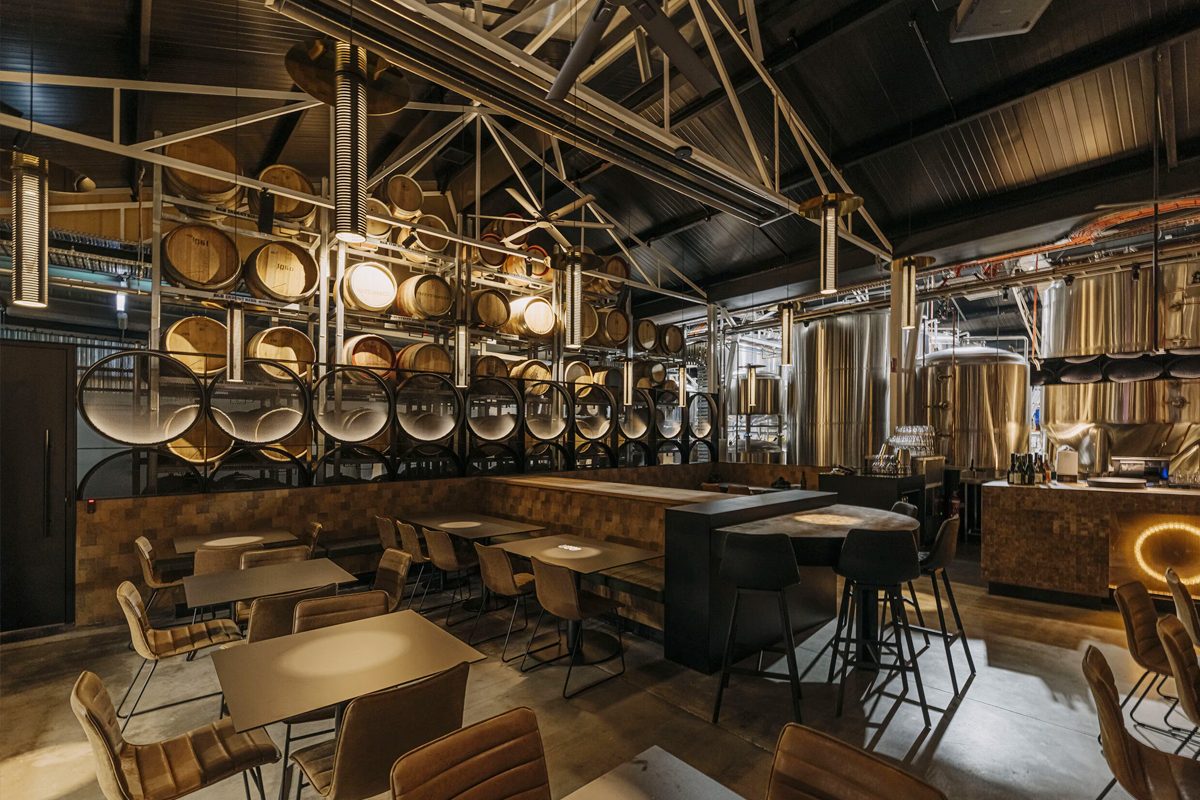
Regulatory and Licensing Challenges
Navigating the complex regulatory and licensing landscape is a significant challenge for craft breweries, and failure to comply with these requirements is a common reason why many breweries fail. The alcohol industry is heavily regulated, and breweries must adhere to a variety of federal, state, and local laws that govern production, distribution, and sales. Obtaining the necessary permits and licenses to operate legally can be a lengthy, expensive, and complicated process.
At the federal level, breweries are required to obtain permits from agencies such as the Alcohol and Tobacco Tax and Trade Bureau (TTB) to produce and sell beer. State and local regulations vary widely and may include additional permits for brewing, serving alcohol on-premises, or distributing products. Any errors or delays in securing these permits can prevent a brewery from opening on time, delaying revenue and increasing startup costs.
In addition to licensing, breweries must comply with strict regulations around labeling, advertising, health and safety standards, and environmental laws. Failure to meet these regulations can result in fines, legal penalties, or even the forced closure of operations. Moreover, changing laws, such as updates to distribution rules or tax rates on alcohol, can create additional financial and operational burdens.
To successfully navigate these challenges, craft breweries must be diligent about understanding and complying with the regulatory framework in their area. This often requires working closely with legal experts who specialize in the alcohol industry and maintaining strong relationships with regulatory authorities. Proper planning and attention to detail in the regulatory process can help ensure the long-term survival of your craft beer business.
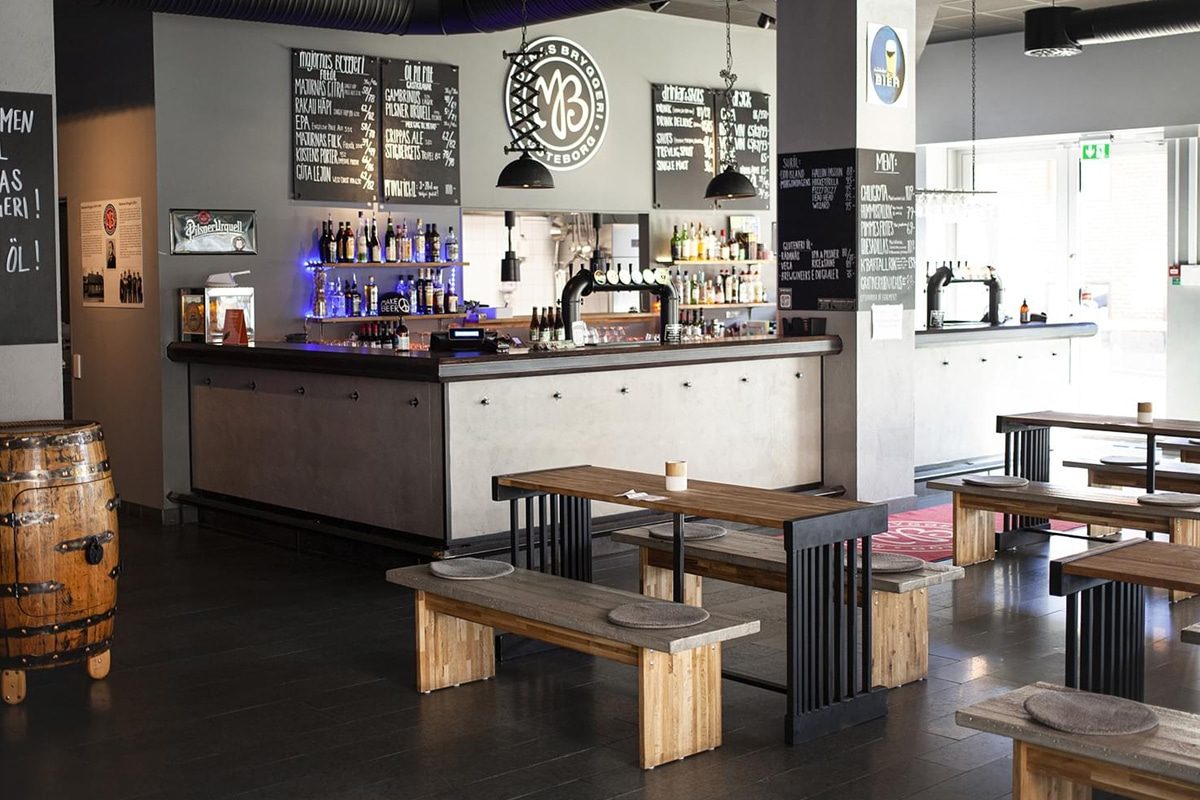
Labor Challenges
Labor challenges are a significant factor in the failure of many craft breweries. The brewing industry is labor-intensive, requiring skilled workers in areas ranging from brewing and packaging to customer service in taprooms. Finding and retaining employees with the right expertise can be difficult, especially in a competitive market where experienced brewers and staff are in high demand.
Craft breweries often struggle with attracting qualified talent due to limited resources. Many smaller breweries cannot offer the competitive salaries, benefits, or growth opportunities that larger companies provide, which can lead to high turnover rates. This constant cycle of hiring and training new employees is both costly and time-consuming, and it can disrupt operations, affecting product quality and customer service.
In addition, brewery work can be physically demanding, with long hours, manual labor, and exposure to potentially hazardous conditions like hot brewing equipment or heavy lifting. If employees are not properly trained or supported, it can lead to burnout or workplace injuries, further exacerbating staffing issues. For breweries with taprooms or brewpubs, maintaining well-trained and engaged front-of-house staff is equally critical for delivering a positive customer experience.
To address labor challenges, craft breweries must invest in proper training, provide safe and supportive working conditions, and offer competitive compensation wherever possible. Developing a positive workplace culture and providing opportunities for career development can help attract and retain skilled workers, ultimately contributing to the brewery’s long-term success.
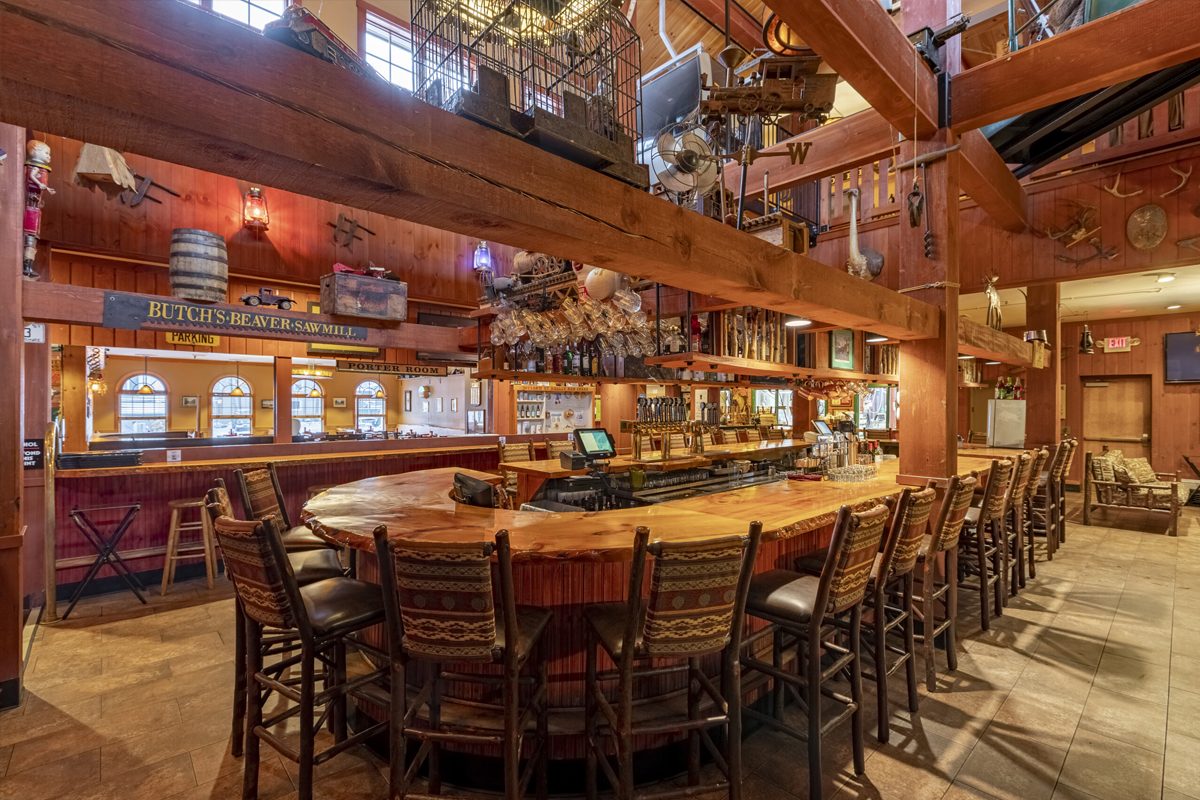
Summary
The craft beer industry is filled with passion and creativity, but many breweries fail due to a combination of complex factors. Poor business planning, insufficient capital, and lack of financial management often lead to cash flow problems that are hard to recover from. Market saturation and intense competition make it difficult for breweries to stand out, while inadequate marketing, branding, and innovation can leave them behind in a dynamic market. Additionally, challenges such as regulatory compliance, supply chain disruptions, labor issues, and poor customer experience further complicate a brewery’s ability to thrive. Overexpansion and growing too quickly without a solid foundation can strain resources and compromise quality, while economic downturns and external factors add unpredictable risks. To succeed, craft breweries must navigate these challenges carefully, focusing on sound business practices, innovation, and strong customer engagement. By addressing these key areas, breweries can enhance their chances of long-term success.
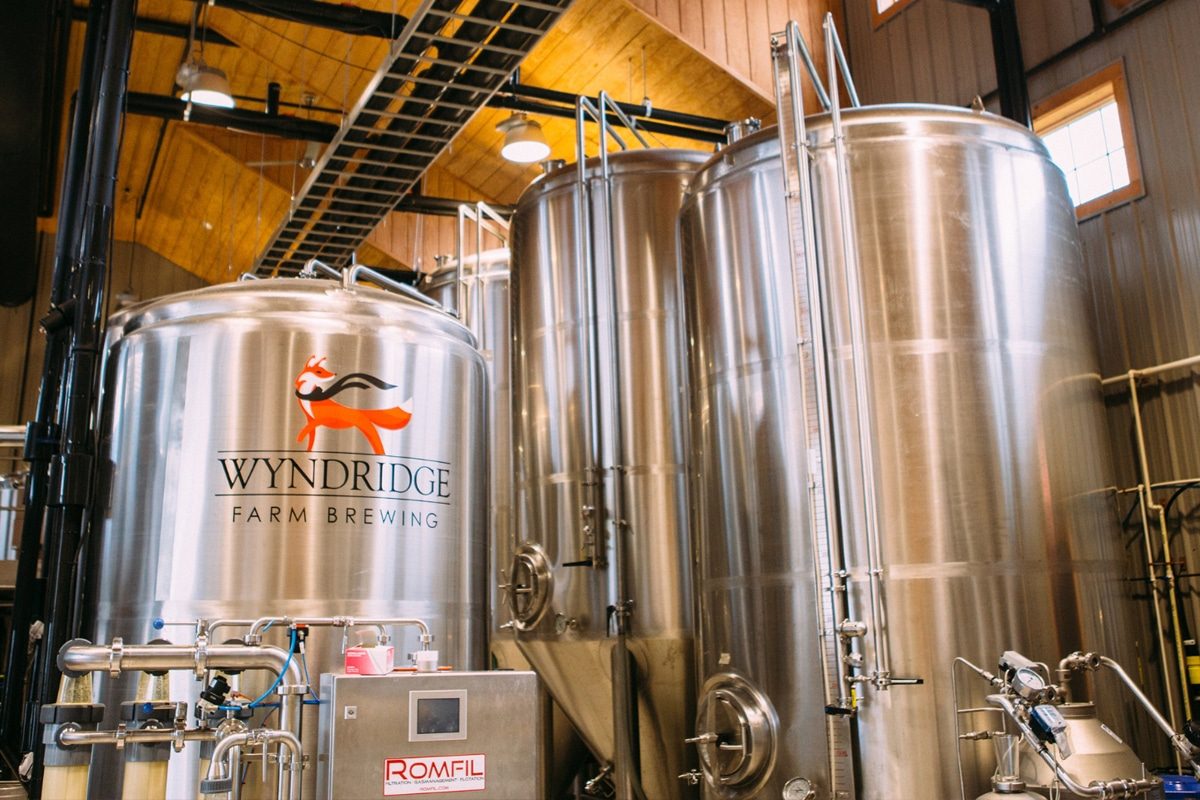
Get A Turnkey Brewery Solutions
Turnkey brewery solutions offer a comprehensive approach to success for craft breweries looking to avoid the common pitfalls that lead to failure. With turnkey solutions, breweries can access all the essential equipment, systems, and support needed to streamline operations from day one. ZYB Craft, as a professional brewery equipment provider, offers fully integrated brewing systems designed to meet craft brewers’ specific needs, whether starting a new brewery or expanding an existing one.
From brewing and fermentation equipment to packaging and distribution solutions, turnkey setups ensure that every aspect of the brewery is optimized for efficiency and quality. In addition to providing state-of-the-art equipment, ZYB Craft offers expert installation, training, and maintenance guidance to help breweries operate smoothly and avoid common mistakes like poor planning or inconsistent product quality. With a turnkey solution, breweries can focus on crafting great beer while leaving the technical complexities to experienced professionals.



